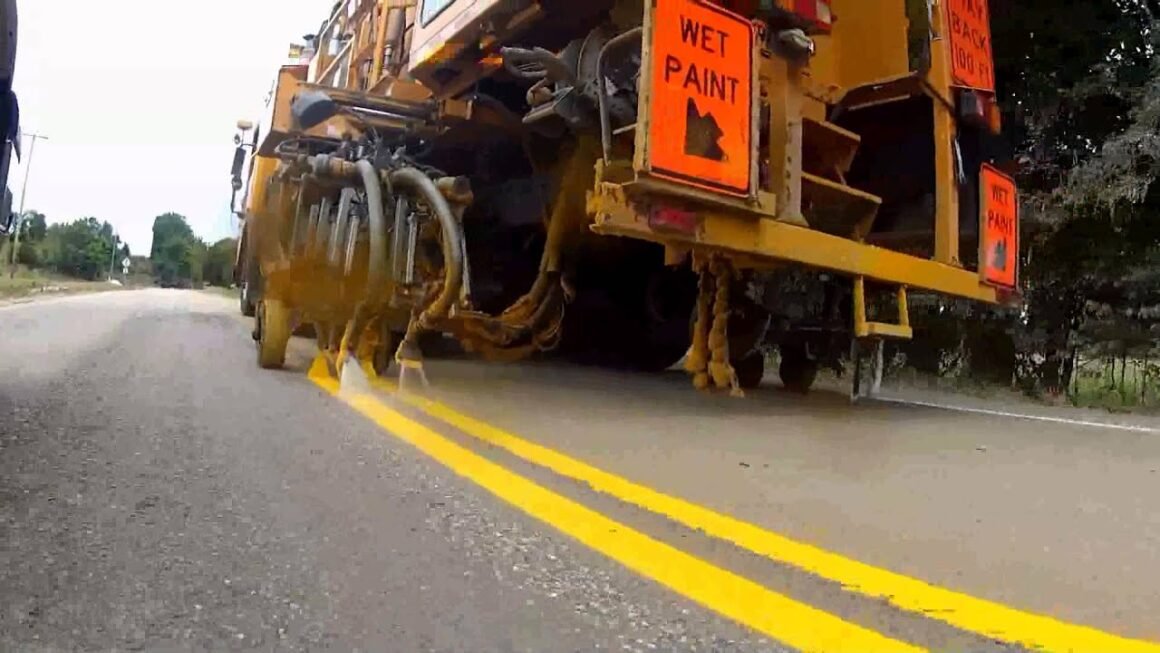The 2010 MoDOT FDR Route Y Project was a significant road improvement initiative undertaken by the Missouri Department of Transportation (MoDOT). This project aimed to enhance Route Y’s pavement structure, safety, and longevity using Full-Depth Reclamation (FDR) technology.
This article provides an in-depth look at the 2010 MoDOT FDR project, including its purpose, construction process, benefits, and long-term impact on Missouri’s transportation infrastructure.
Background of the 2010 MoDOT FDR Route Y Project
The 2010 Missouri DOT FDR Route Y Project was part of Missouri’s road rehabilitation program to upgrade aging infrastructure and improve traffic flow.
Key objectives included:
- Strengthening the pavement using Full-Depth Reclamation (FDR) techniques.
- Enhancing road durability to withstand heavy vehicle loads.
- Improving driving conditions by reducing cracks and potholes.
- Ensuring long-term cost savings through a sustainable construction approach.
By using modern roadwork techniques, the 2010 MoDOT Full-Depth Reclamation Route Y project became a model for future road rehabilitation efforts.
What is Full-Depth Reclamation (FDR)?
The 2010 Route Y Road Improvement by MoDOT relied on Full-Depth Reclamation (FDR), an advanced road reconstruction technique.
How FDR Works:
- Existing pavement and sub-base materials are pulverized.
- Binding agents (cement, lime, or asphalt emulsion) are added to strengthen the base.
- The new base layer is compacted to create a more durable foundation.
- Fresh asphalt is applied, resulting in a stronger and more stable road surface.
The 2010 MoDOT Route Y Rehabilitation Project used this technique to reduce costs, speed up construction, and extend road life.
Key Features of the 2010 Missouri Route Y Pavement Reconstruction
The 2010 MoDOT Route Y Highway Upgrade included several essential features:
- FDR Process Implementation: Used to create a stronger base layer.
- New Pavement Overlay: Applied to improve driving comfort and road stability.
- Drainage System Enhancements: Prevented water damage and erosion.
- Improved Road Markings & Signage: Increased visibility and safety.
By upgrading these elements, the 2010 Missouri Route Y Infrastructure Project ensured long-lasting road performance.
Construction Phases of the 2010 MoDOT Route Y Resurfacing Plan
The 2010 MoDOT Route Y Construction Work was completed in several phases:
- Site Preparation: Old pavement removal and grading.
- Full-Depth Reclamation: Pulverization and stabilization of the existing base.
- Pavement Installation: Laying new asphalt for a smooth driving surface.
- Final Touches: Road markings, signage, and landscaping improvements.
These steps allowed the 2010 MoDOT FDR project to be completed efficiently and within budget.
Benefits of the 2010 MoDOT FDR Project
The 2010 MoDOT Route Y Rehabilitation Project provided several long-term benefits:
1. Enhanced Road Durability
Using FDR technology, the new pavement became stronger and more resistant to heavy loads and extreme weather.
2. Cost Savings
Recycling existing road materials helped reduce construction costs and minimize waste.
3. Faster Completion Time
The 2010 MoDOT Route Y Resurfacing Plan took less time compared to traditional reconstruction.
4. Better Driving Experience
Drivers experienced smoother roads, fewer potholes, and improved lane markings.
These advantages made the 2010 Route Y Road Improvement by MoDOT a successful infrastructure investment.
Impact of the 2010 MoDOT Route Y Construction Work
For Local Communities
- Improved accessibility for businesses and residents.
- Reduced vehicle wear and tear due to smoother roads.
For Missouri’s Infrastructure
- Increased road lifespan by several years.
- Better traffic flow with fewer maintenance-related delays.
The 2010 Missouri Route Y Pavement Reconstruction helped create a safer and more reliable transportation network.
Comparison: 2010 MoDOT FDR Route Y vs. Traditional Road Repairs
| Feature | 2010 MoDOT FDR Route Y | Traditional Road Repairs |
| Durability | Longer-lasting pavement | Shorter lifespan |
| Cost Efficiency | Lower costs due to recycling | Higher costs due to new materials |
| Environmental Impact | Reduced waste and materials | More waste generated |
| Construction Speed | Faster project completion | Slower process |
The 2010 MoDOT Full-Depth Reclamation Route Y project proved that FDR technology is superior to traditional roadwork methods.
Conclusion
The 2010 MoDOT FDR Route Y Project was a major success in road rehabilitation. It demonstrated the benefits of Full-Depth Reclamation (FDR), cost-effective construction, and long-term durability.
By upgrading Route Y, MoDOT improved safety, road quality, and transportation efficiency in Missouri. This project set a standard for future infrastructure developments in the state.
FAQs
1. What was the purpose of the 2010 MoDOT FDR Route Y Project?
The project aimed to improve road durability, safety, and efficiency using Full-Depth Reclamation (FDR).
2. What is Full-Depth Reclamation (FDR)?
FDR is a road rehabilitation technique that recycles existing pavement materials to create a stronger foundation.
3. How did the 2010 MoDOT Route Y Highway Upgrade benefit drivers?
It provided smoother roads, fewer potholes, and improved traffic flow for a better driving experience.
4. Was the 2010 Route Y Road Improvement by MoDOT cost-effective?
Yes, using FDR technology reduced costs by recycling materials and shortening construction time.
5. How does the 2010 Missouri Route Y Pavement Reconstruction compare to traditional methods?
The project lasts longer, costs less, and has a lower environmental impact than traditional road repairs.
The 2010 MoDOT Route Y Construction Work was a significant step forward in Missouri’s road maintenance strategy. It showed how modern techniques can improve infrastructure efficiently.
